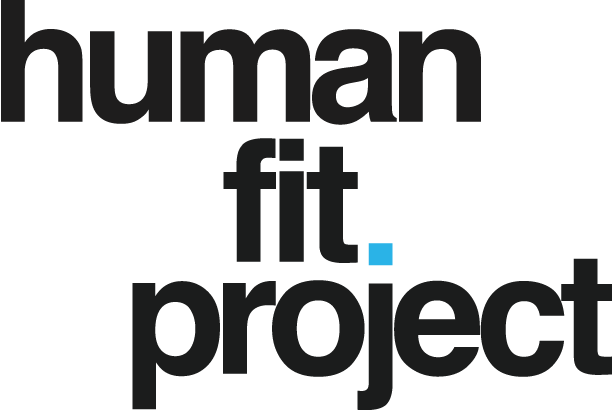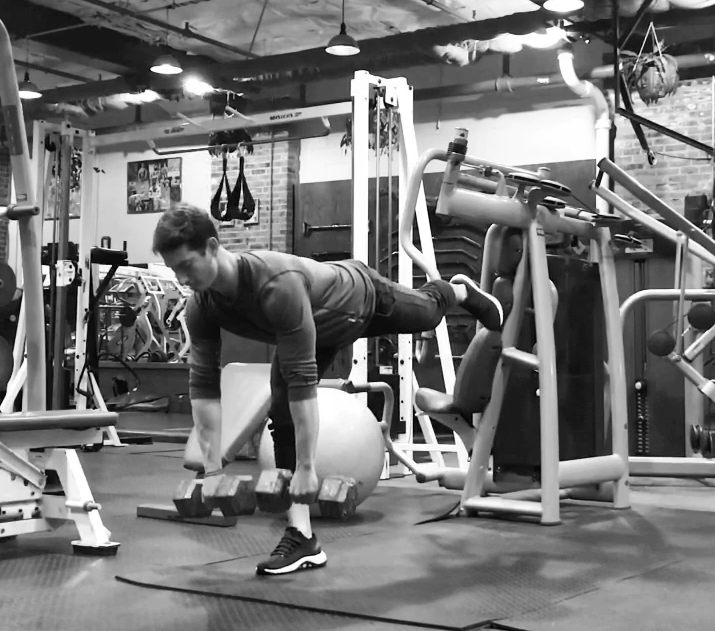I’d be stating the obvious by saying injuries suck. They do, and here’s my perspective on how you get through them as quickly as physically possible and as mentally sane as possible. And if you’re curious to read my 17-week comeback plan journal from a shoulder labrum repair surgery, read this.
Accept the reality
If you don’t accept it, it’s just going to be a never ending misery and madness. This one shouldn’t need much of an explanation, but I feel like I need to remind myself of this all the time. In my instance, I had a tear in my shoulder. It was either surgery or not. I could live with it, and it could bug me from time to time or interrupt things I love, but would that drive me crazy knowing I could have fixed it? The moment I accepted the fact that conservative measures weren’t enough to get me back to full function and how that wouldn’t work for me, then the sooner I accepted the long recovery process. If I had not decided to do this, I would have been pondering whether I should or should not live with it while uncomfortably living with it. Accept reality, make your best possible informed decision, and move on to the next step with conviction. No looking back. However, just to be clear, this doesn’t mean jump into to surgery. Always try conservative measures first. But whatever you do, the key is to accept the problem and do what needs to be done to resolve or manage it — don’t sulk in it.
Write out the comeback plan immediately—and be thorough
To get through the process of recovery you’ve got to know what to expect throughout the ordeal. Then, come up with everything you need and need to do to move forward and write it down.
This was my immediate plan once I decided I was going to get surgery:
- Going to be messed up a few days. Take the opportunity to digital detox.
- Can’t run or lift for a while. Purchase a stationary bike and ride for 30-60 mins daily.
- Use this opportunity to focus on my mental strength. Try performing 5-10 min of meditation or box breathing everyday.
- Activity levels will be lower than normal, so food consumptions should be too.
- Start making out the workout plan for the return.
- Purchase resistance bands for once strength begins.
- Stock up on the supplements (even though it’s an itty bitty sliver part of the battle).
- I go with glucosamine, chondroitin, fish oil, collagen, DHEA, creatine + beta-tested a cannabinoid cream by Mab & Stoke (and obviously protein)
- Start doing 20 minutes of core 3x as soon as possible
The rest of the comeback plan for me was:
You’ve been through this before, go to PT, do the exercises, follow it religiously, keep eating healthy, exercise in other ways, and stay positive. Another is to print a calendar for several months and mark out milestones and to-dos, specifically for the recovery.
View this post on Instagram
Follow that comeback plan, strictly
When it comes to a recovery plan, there is no cheating. Seriously, you can’t skip doing the exercises or your progress will stall and you will not get better. Of course there are always exceptions, but 98% of the time you should be committed to doing what needs to be done to get better and nothing less.
Celebrate every little win
Use this opportunity to track even the smallest marks of progress along the way. Journal it like I did. Again, you can read that long thing here.
Be patient, but persistent
All injuries are different. They feel different and heal differently. If you set your plan in place at the get go then you’re in a good position and already prepared to be patient. The next step is then to actually be patient. Expect to get frustrated, feel down, go negative. That will happen. The key is to remind yourself that you have a plan for the process and if you follow it, you’ll be good.
In my scenario, I knew I’d be in a sling for 4-6 weeks. I knew I wouldn’t be able to run for around 8 weeks. I knew I wouldn’t be in the gym for a while. And I knew I wouldn’t get in the ocean for even longer. The only thing I could tell myself (and I still need to tell myself) is that ‘I’ll get there.’ And you know what? I am. And so can you.
Go a question? Want no BS fitness content? Be sure to follow me on Instagram, Twitter, and Facebook. Follow HFP on Instagram, Twitter, Facebook, and TikTok too.


